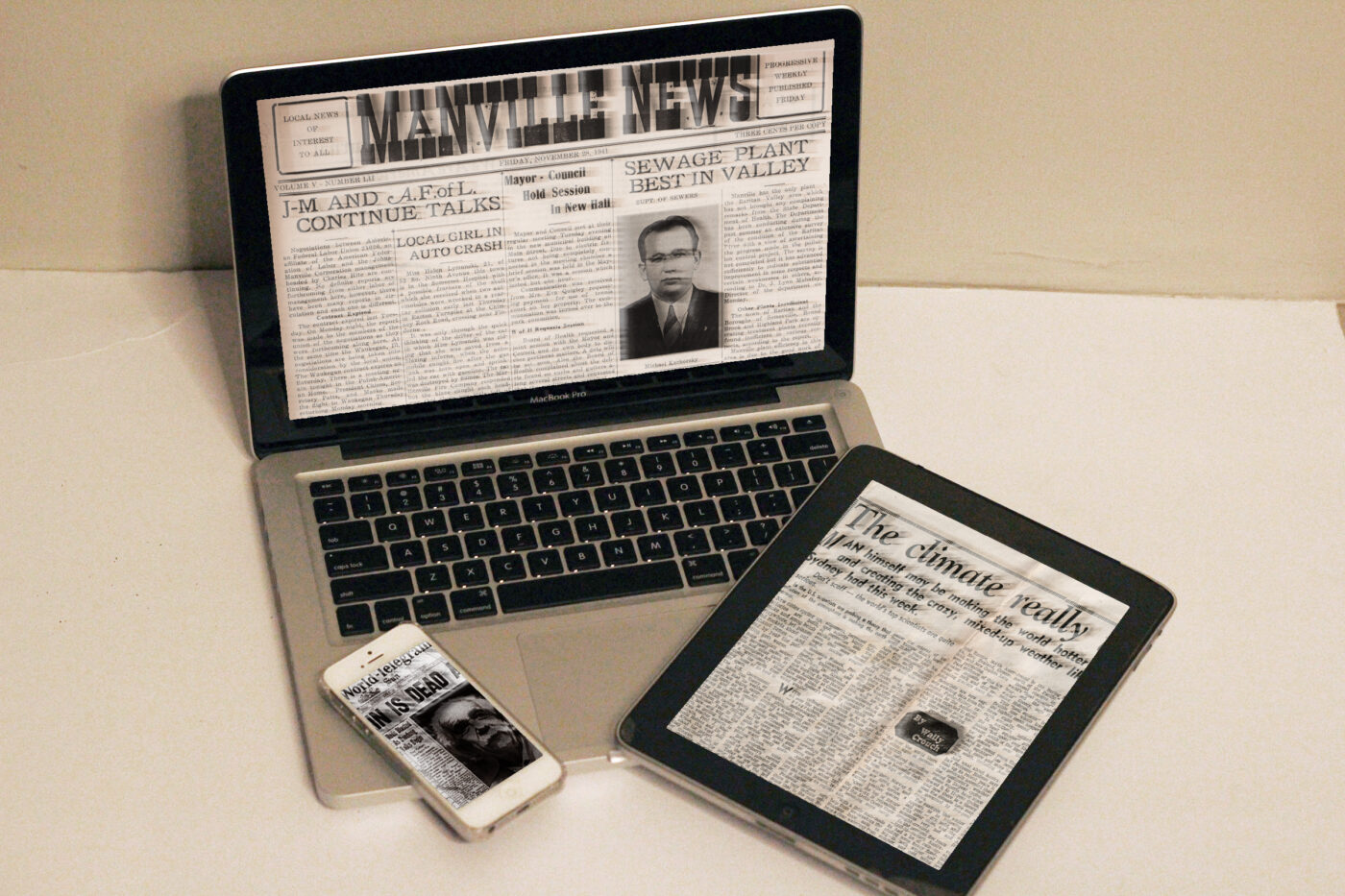Has the click of a button become easier than the turn of a page? At the apex of digital publishing, it has become unconventional to see millennials reading a newspaper instead of scrolling through their online news feed.
Previously, it was somewhat of a norm to cut out strips of newspaper and magazine clippings rendered important to the reader. Stuffed in envelopes or pasted onto albums, these snippets exceed their foremost purpose and turn into objects of sentiment and value.
This, however, might not prove to be true in the present. While research is consistent in terms of the positive effects of reading print on memory, there’s no denying that reading print is gradually being deemed as antiquated. With the dynamic nature and speed that the Internet can offer, the millennial majority of the Filipino population is offered a more appealing alternative.
Certain publications are shifting from their print-based media to the digital space one-by-one, with the majority of consumers being more respondent to online content. Print as a medium is on a decline. Whether it still offers a distinct experience will determine its worth in the coming decades.
Click shift
Publications left and right have adapted their print platforms into digital newsstands to keep up with the rise of the Internet. For instance, Adobo Magazine, a branding and advertising magazine, has expanded to the online space as a means of reinventing their publication. They continue to release their bi-monthly print magazine, but agree that their online platform assists in promoting their publication to more readers.
Information has become more accessible with just the click of a button. In recent years, this has caused much discourse about the effect of digital media’s growing popularity on the viewership and readability of print media.
Renowned news site Rappler is known to have been launched solely in the digital sphere. Its founders have agreed that the journalism they abide by resides in a world that has become empowered by technology and is caught up in the web of social media. Crowdsourcing has become a main component in their means of distributing and sharing information.
This idea hatched from Rappler’s founders’ desire to have readers participate in the news, creating a collaborative approach to a journalism fit for a democratic society where everyone’s opinion matters. With Rappler’s Move.PH forum and Mood Meter, readers can actively discuss ideas and label their feelings towards specific articles.
Up to speed
In just a span of a decade, Internet subscribers have learned to swipe through world headlines instead of flipping through newspaper pages for content. Aside from reaching more readers, digital media also has a substantial strength in mobility, according to Young Star Web Editor and Print Art Director Maine Manalansan. “I think online content should be timely. What’s new now might not be new in ten minutes,” she says.
But such factors also pose a challenge: creating engaging and digestible content that will garner a steady audience. “It’s much harder to bring focus to your website if you’re not doing anything different,” Manalansan says.
Digital publishing also affects how articles are written on print. “A website can do a straightforward restaurant review and upload it tomorrow, but for us [in print, doing] a restaurant review today, [means] it’ll come out in two months and it’ll be super late, so we’ll do it differently. We focus on the chef or we’ll focus on a specific food trend to make it different,” says lifestyle magazine Town & Country Managing Editor Manica Tiglao.
In an ever-advancing era, the print medium proves to be the more tedious choice. There are delivery logistics, printing processes, and costs to be considered. As print is costlier and harder to produce, quality is paramount. Mistakes are out of the question. “You’d have to produce another batch to fix that mistake–which isn’t ideal, especially for a business,” Manalansan explains.
She says that print’s main disadvantage is its inability to publish videos. “It’s the age of moving content,” Manalansan adds. Millennials—the so-called “digital natives”—are the first generation to grow up with smart devices and the Internet. They’re attuned to seeing how things really play out. CNN and TIME online, for instance, attach video footage or reports in most of their articles. Factors such as impatience resulting from technological dependence and visual learning come into play, and this is how videos have become an increasingly vital medium for millennials.
Printed on people
Form is the very strength and frailty of the print medium. Despite the emergence and shift of publications to the digital space, there are still some things the print medium can offer that the digital cannot. For instance, the quality of information on print is thoroughly processed as compared to when published online.
On the topic of Town & Country’s recent web launch, Tiglao talks about what their digital team calls a “daily churn.” Each day, a writer has to come up with roughly six articles, whereas the print team has more or less two months to produce output.
The online cycle goes like this: The writer sends the story to the managing editor, who revises the article, and the story is published online. In contrast, the print team is given a more tedious editing process. Whereas only two people are involved in digital publishing, print publishing requires that the article pass through more individuals, from the writer and managing editor, to the copy editor and layout team.
Due to the fast-paced nature of the digital space, information used for online articles prove to be more susceptible to error as opposed to that of print. Tiglao shares that while their website is relatively new, they have had instances where corrections had to be made even when a story was already published online.
Furthermore, readers absorb information on print differently from how they would online. In fact, some audiences prefer tangible materials to read. According to Tiglao, although the digital space makes everything easily accessible, “there can be so much noise online and so [many] distractions.”
“[People will] look at [a story] for five seconds, but they won’t really appreciate it like they would on paper,” she shares. For all these reasons, print can almost seem like a novelty nowadays—as if it were a new experience that is yet to be valued.
Ultimately, there are advantages to both print and digital media. On print, there is sure to be a higher quality of information and lesser distractions for the readers, while online, stories come on-the-dot and these can further stimulate the interest of readers through the use of moving visuals.
To each his or her own about how and where they prefer their articles to be rendered, but mixing it up is never a bad idea. TIME does it perfectly by offering both a physical magazine and an online space that loosely supplement each other.
Despite the growing demand online, most publishing companies seem to be retaining their print products and are unlikely to make the complete digital switch in the near future. Although online presence aids in widening their audience reach, the print medium never fails to reach out to a vast network of people.
Above all, print can also evoke a sense of sentimentality from the readers.
“People enjoy owning things, and holding them in their hands. You can’t do that with a website. As long as there are artists who enjoy creating an experience, and as long as printers exist, really, I don’t think print will ever die,” Manalansan says.







